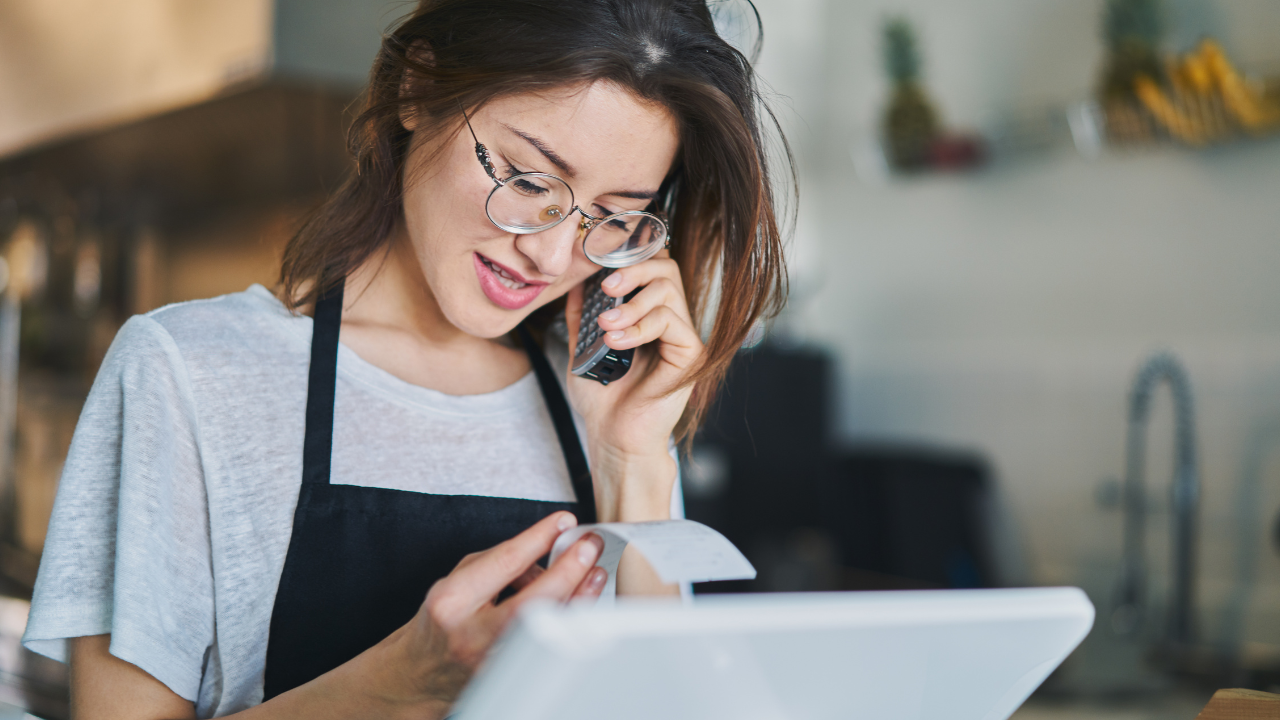3 Strategies to vary the length of any story

While speaking to business leaders in Victoria, Canada, I told a seven-minute story about a spoon. I used the story to illustrate several points and highlight strategies that I frequently use in storytelling.
“Modeling,” as we teachers call it.
It’s a good story. It made everyone in the room nod, laugh, and even cry.
Later in the workshop, one of the attendees asked about changing the length of a story depending on the context, and I said that it wasn’t hard. So he challenged me:
Tell that six-minute spoon story in just 30 seconds.
I had never tried to tell a shorter version of the story, but I offered to give it a shot.
My shortened version ended up being 42 seconds long, but even though everyone in the room knew the story already, they still nodded, laughed, and even cried. It also impressed the attendees quite a bit. I’m not sure if they thought it was possible before I did it.
Off the cuff, too.
I was annoyed. I went over by 12 seconds. Someone pointed out, however, that 42 seconds was exactly one-tenth of a seven-minute (420-second) story, which seemed rather serendipitous.
But it’s true. Altering the length of a story is very doable and, depending on the context, a very important skill to possess.
There are many strategies to make this happen, and I teach them often to clients who find themselves in a variety of places and contexts to tell stories, but here are three to start:
- Turn scenes into sentences. Most scenes in a story are many sentences long, but in most cases, these many sentences can be boiled down to a single sentence or two. This is essential if you want to reduce a story’s length considerably.
- Use fewer examples. I will oftentimes have three examples (or anecdotes) in a story to prove a point. When reducing the length of a story, only the best example can survive.
- Backstory is told rather than shown. In most stories, backstory should be a scene unto itself. The storyteller should bring the audience back in time and flesh out the moment of the past in all its glory. When reducing the length of a story, the rule of “Show. Don’t tell” is ignored. Backstory is simply told as facts that must be established before moving on.
Being able to vary the length of a story will help you enormously as a business person, professional, or even someone who wants to be entertaining at a dinner party or the like. We don’t always have three or five or seven minutes of undivided attention to tell a story. In those cases, you need to be able to spin that great yarn in 60 seconds or less.







